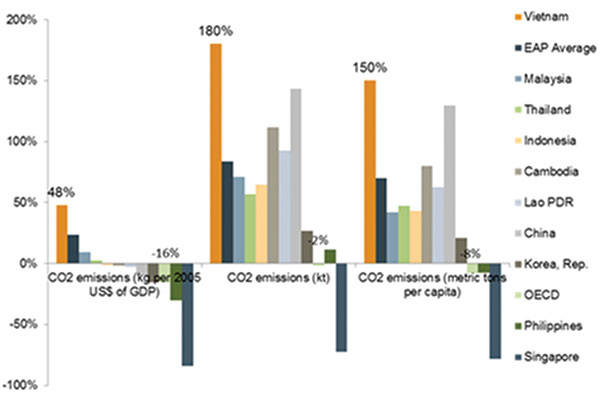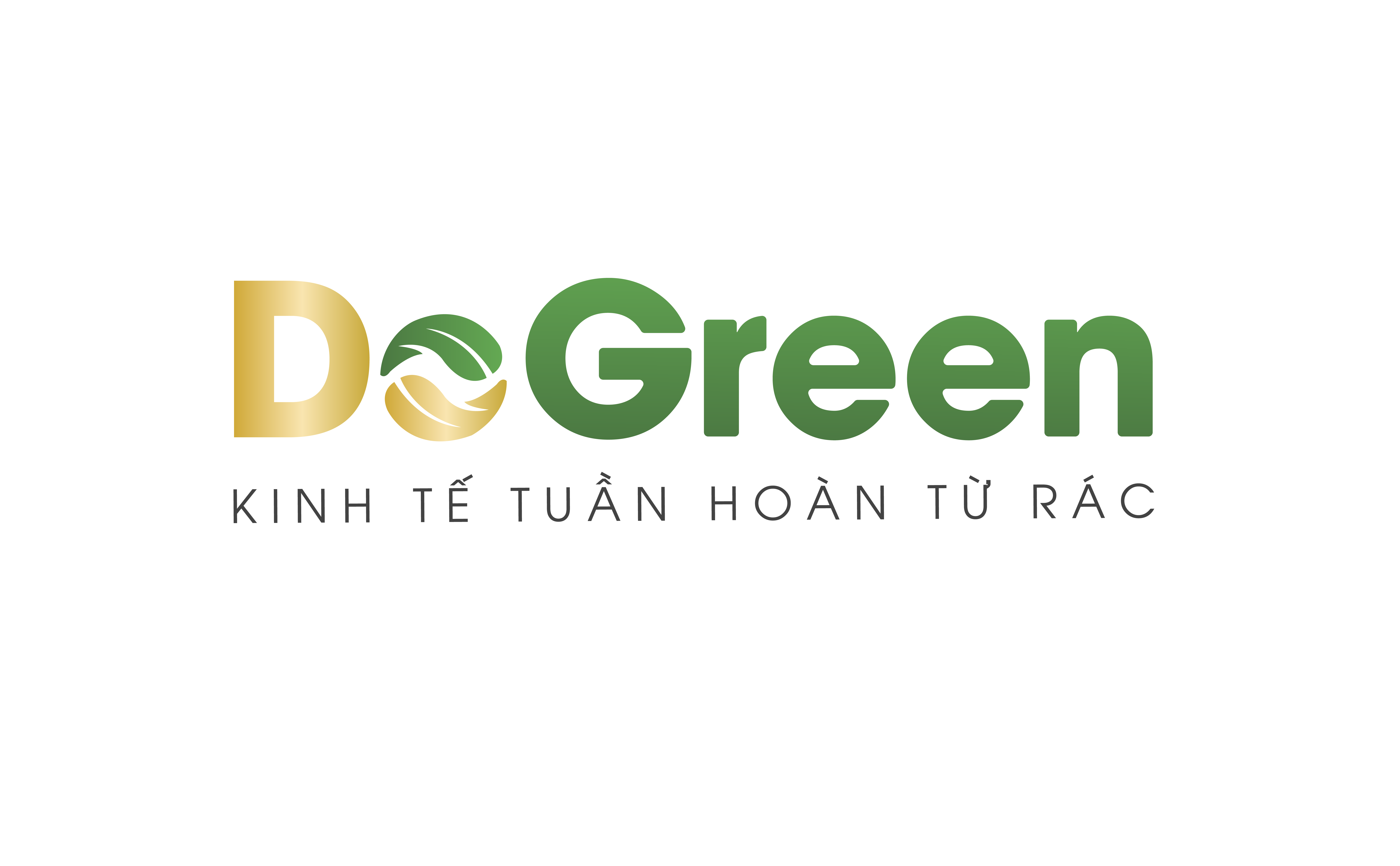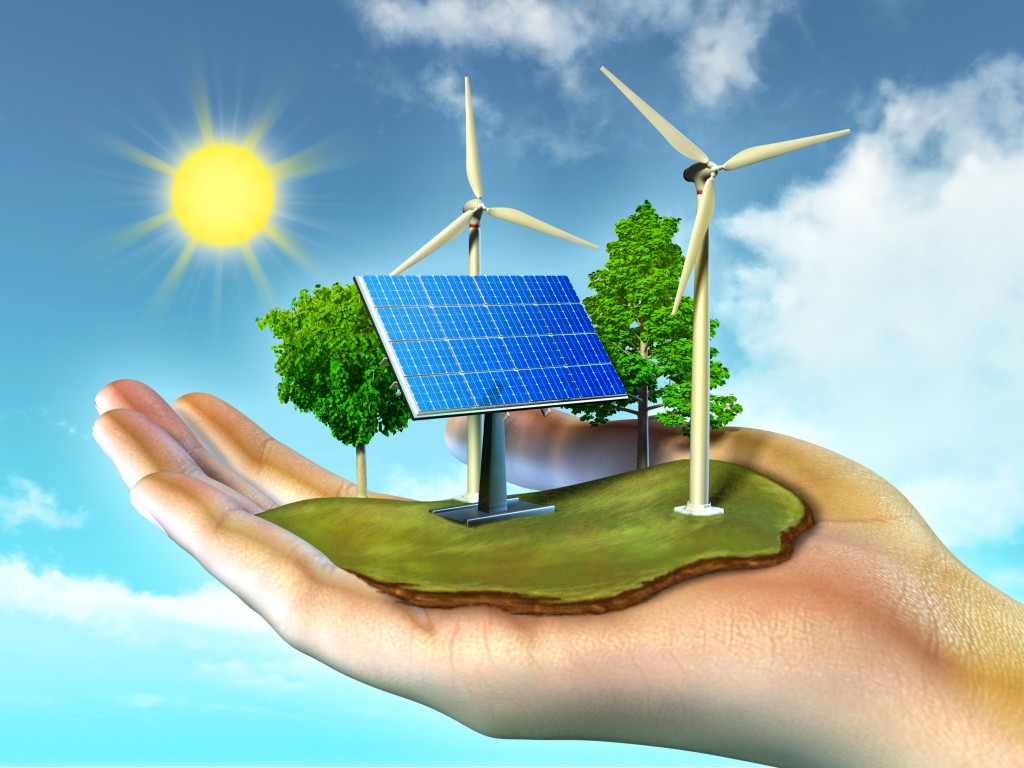With innovations making renewable energies more affordable than ever, it forces the question – are old technologies like coal actually cost-effective when you correct for all factors? Policy change, reforms, and public education could open the doors to the private investment needed to make the change to sustainable energy sources. John Rockhold, head of the Vietnam Business Forum’s Power and Energy Working Group and executive director of ABBO Investment Consultancy & Engineering JSC, shared his opinion on the country’s future energy plans.

Outgoing US Secretary of State John Kerry discusses the problems with relying on coal
On his January visit, I took a boat trip with outgoing US Secretary of State John Kerry and discussed the impact of coal on Vietnam. Kerry had met with Prime Minister Nguyen Xuan Phuc the day before and let his concerns about the coal policy of Power Plan VII be known. He said that coal is not a low-cost solution and the data supports this.
In October 2016, the Vietnam Business Forum (VBF) presented the Made in Vietnam Energy Plan (MVEP) to outline the advantages of cleaner domestic solutions for Vietnam’s future energy needs. The plan demonstrated the advantages of prioritising domestic versus imported energy resources with respect to Vietnam’s social, economic, and energy security goals, global and domestic environmental commitments, and in attracting private sector investment.
 |
| Vietnam’s carbon emissions are growing at the fastest rate in the region |
The report suggested policy and regulatory measures that would help move Vietnam towards these goals – especially as regards attracting the private investment that would be needed to avoid public debt. The private sector is now proposing a number of innovations to move forward with the MVEP. These include piloting a wind direct power purchase agreement (DPPA), industrial rooftop solar, and public education on individual action to reduce energy waste and create a cleaner environment. Significantly, there is a Power Price Roadmap for the full introduction of market-based pricing by 2020 with a vision to 2025.
DPPAs between power producers and large power consumers can attract the investment of wind farms in the 30MW range. DPPAs reduce public debt and increase earnings for the use of the grid and are shown to be extremely effective in countries similar to Vietnam. High-tech companies and other multinational corporations have publicly made global commitments to work towards using energy from renewables and energy-efficient projects. Such a pilot will benefit Vietnam in attracting such companies and their high-value operations. The private sector is looking to present a proposal to pilot by mid-2017.
Countries like Mexico, India, and Brazil who have invested in wind energy by attracting private investment were able to bring down wind development costs during the last five years with a combination of incentives to attract private investments, developers, and foreign investors wanting renewable energy sources.
More recently Vietnamese contractors have shown the ability to quickly reduce construction time and cost once technology transfer takes place. And the cost of wind turbines continues to drop as they become more efficient.
The MVEP lists a number of other recommendations:
1. A public education campaign on the individual’s role in the reduction of energy waste and creation of a clean environment
2. Conducting an economic analysis of the social and environmental costs and benefits associated with (a) the planned coal-fired power plant development in Vietnam compared to (b) clean energy development
3. Quantifying key co-benefits associated with public health, workforce productivity, job creation, tourism, and other key economic sectors
4. A geographic focus on one or more priority regions or provinces in Vietnam that are demonstrating leadership in green growth or which are poised to lead. Project partners will consist of a strategic coalition of leading organisations that are highly credible with the government and connected to key constituencies working to promote clean energy alternatives to the planned expansion of coal power
5. A final report of the analysis and associated information, education, and communication materials designed for use by key constituencies, including the VBF Energy Working Group, provincial governments seeking to mobilise investment for clean energy development, and civil society groups engaging with all levels of government to promote clean energy
Additionally, educating the public to the benefits of energy saving and ways to participate would help build support for renewables and efficiencies, and encourage innovation, private sector investment, involvement, and support for an overall plan to build a clean and sustainable environment in Vietnam.
The Power Price Roadmap project for the introduction of expected market-based pricing by 2020 with a vision to 2025 includes a definition of variable pricing between the three main tariff groups (residential, commercial, and industrial). The final report will present estimated cost information which will assist businesses, consumers, and investors as to the most effective way to invest in higher efficiency equipment and processes. Energy efficiency investment and innovation is not occurring in high volumes now because businesses and consumers believe that power prices will remain subsidised by the government. Meanwhile, investors require government guarantees because prices do not reflect the full costs of production.
Electricity demand growth has exceeded income growth, and the result has been a rapid rise in electricity intensity. Between 2004 and 2014, the growth of electricity demand also outpaced that of GDP growth. In 2004, producing one US dollar of GDP required 0.9kWh of electricity. By 2014, this had risen to almost 1.5kWh of electricity for one US dollar of GDP (adjusting for inflation).
Compared to the 70 per cent increase in electrical intensity seen in Vietnam over this 10-year period, other countries in the region have seen flat or declining intensities. Vietnam’s electricity intensity now exceeds that of China and is approaching levels seen in such notoriously inefficient countries as the Ukraine. And projections are for further increases in electricity intensity, reaching as high as 2.3kWh for each US dollar of GDP by 2030. The implication is clear – Vietnam is hugely inefficient in its use of electricity and projected to remain so without significant regulatory correction.
The main constraints facing energy efficiency measures are:
1. Lack of policy framework and its enforcement
2. Electricity tariffs being too low
3. Lack of financial mechanisms for investment in energy efficient technology and conservation
Globally, countries have added regulatory requirements on household, office, factory, and other electricity-using technological innovations, and updated equipment to enhance efficiencies. Such regulatory requirements have led to investment in innovation and savings.
Building construction and manufacturing codes can greatly reduce electricity use in office, residential, retail, and factory settings. Raising prices to reflect actual costs has been shown to reduce use across the board, enhance revenue streams, and enable governments to focus resources on assistance for the truly needy.


0 Comments